
Scientific theory differentiates “fear” and “anxiety” as distinct, with separate brain circuits controlling them. However, new evidence suggests that both brain regions are equally sensitive to certain and uncertain threats.
Contrary to previous theories, fear and anxiety reflect shared neural building blocks.
Fear and anxiety reflect overlapping brain circuits, according to research published today (September 21, 2020) in JNeurosci. The findings highlight a need to reevaluate the existing models guiding anxiety research.
While “fear” and “anxiety” are often used interchangeably, prevailing scientific theory suggests that they are distinct, with different triggers and separate brain circuits. Fear — a fleeting reaction to certain danger — is thought to be controlled by the amygdala, whereas anxiety — a persistent, heightened state of distress in response to uncertain threat — is thought to be orchestrated by the bed nucleus of the stria terminalis (BNST). However, new evidence from Hur et al. suggests these two brain regions are equally sensitive to certain and uncertain threat.
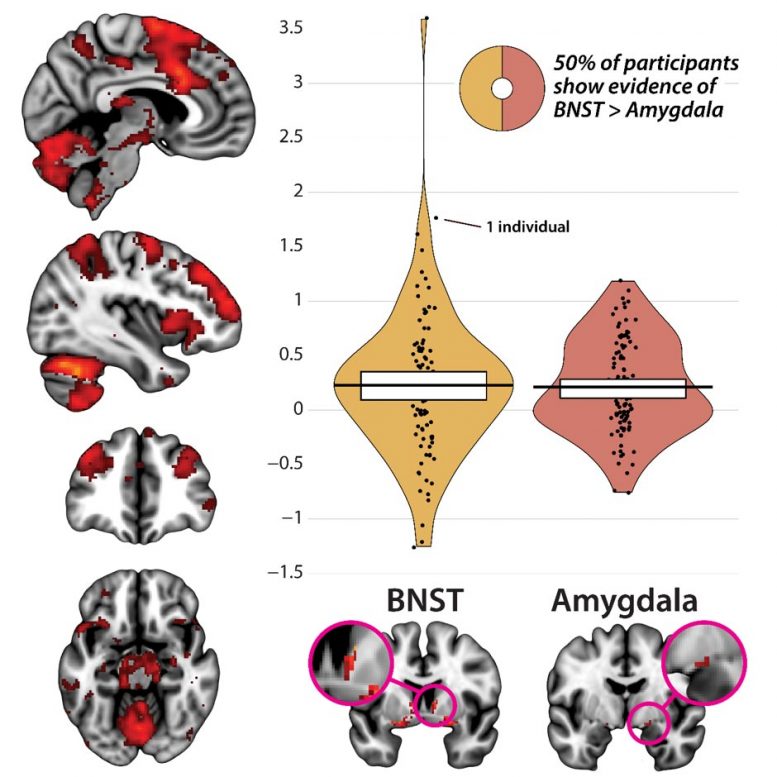
Both certain and uncertain anticipation recruited a common network of core brain regions, including the Amygdala and BNST (depicted in red in the left column and bottom row). Magenta rings provide magnified views of the core BNST and Amygdala regions. Across a variety of head-to-head tests, the BNST and Amygdala showed statistically indistinguishable responses, as illustrated in the central panel. Each of the black dots represents an index of threat reactivity for 1 of the 99 research participants. Mean threat reactivity is indicated by the thick horizontal bars. Inset ring plot (top-right) indicates the percentage of individuals showing greater reactivity in the BNST compared to the Amygdala. A value of 50% indicates that participants were just as likely to show greater reactivity in one region compared to the other (i.e. a 50/50 toss-up). Taken together, these new observations underscore the need to reconsider widely accepted neuroscientific models of fear and anxiety. Credit: Hur et al., JNeurosci 2020
The research team measured brain activity with fMRI while people anticipated receiving a painful shock paired with an unpleasant image and sound. Waiting for threat, whether predictable or not in its timing, recruited an overlapping network of brain regions including the BNST and the amygdala. Across a variety of tests, the two structures showed statistically indistinguishable responses, suggesting that states of fear and anxiety are assembled from a common set of core neural building blocks. These observations raise important questions about the U.S. National Institute of Mental Health’s model guiding research into the biology of emotional disorders.
Reference: “Anxiety and the Neurobiology of Temporally Uncertain Threat Anticipation” by Juyoen Hur, Jason F. Smith, Kathryn A. DeYoung, Allegra S. Anderson, Jinyi Kuang, Hyung Cho Kim, Rachael M. Tillman, Manuel Kuhn, Andrew S. Fox and Alexander J. Shackman, 21 September 2020, JNeurosci.
DOI: 10.1523/JNEUROSCI.0704-20.2020

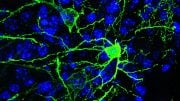

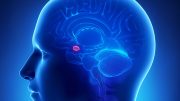


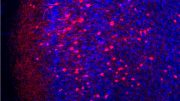

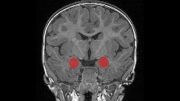
Be the first to comment on "Contradicting Previous Theories, Neuroscientists Find Overlap Between Fear and Anxiety Brain Circuits"